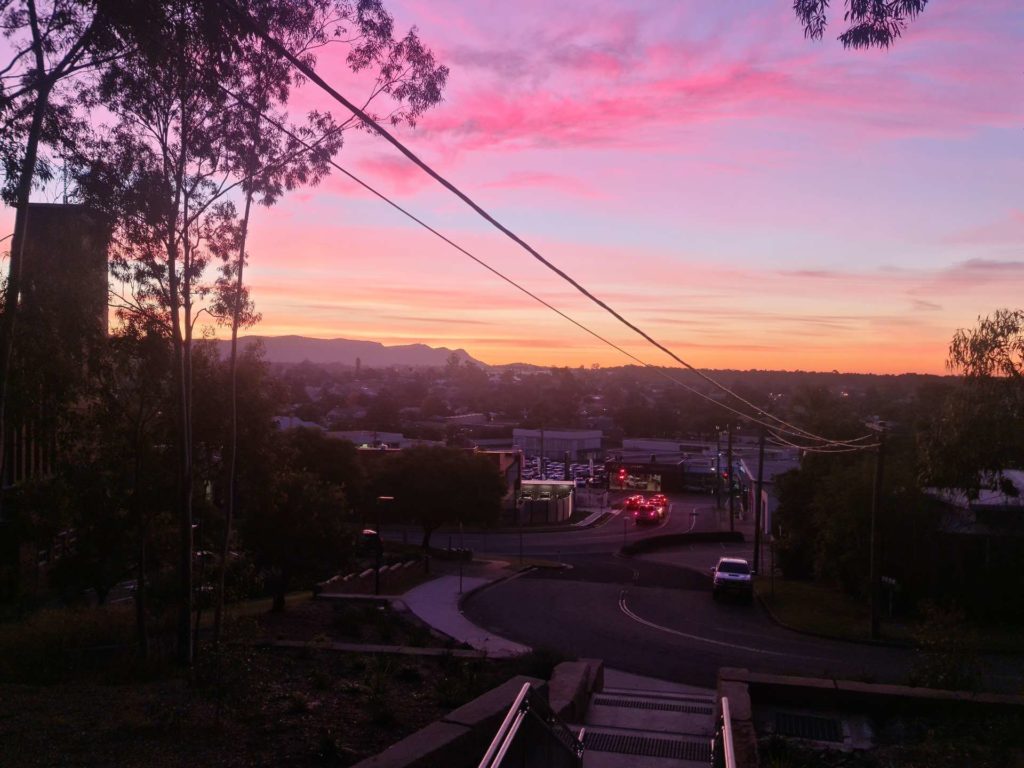I refer to the potential privatisation of the Land and Property Information [LPI] service. Recently I met two local constituents, a gentleman named Pat who is a surveyor on the board of the Institute of Surveyors, and a lady named Penny who had worked for the LPI spatial services in Bathurst for the best part of 35 years before retiring in Cessnock. Together as a united voice they asked me questions about the privatisation of the LPI title and registry service. Essentially it will be a 35-year concession to outsource and allow a private entity to carry on the service. They had read recent media reports in the Sydney Morning Herald that showed in a leaked document that the LPI made a $130 million profit per year.
Prior to that there had been a fair amount of argy-bargy about the exact profit level of the LPI title and registry services. During a lengthy debate in this Parliament I said that despite repeated requests of the Government, the absolute information about the profitability of that entity had never been made available. It is a profit of $130 million which had previously been reported at between $50 million and $70 million because some of the LPI entities, such as survey and spatial actually cost $30, $40, $50 and $60 million per year to run—there are four other elements.
The concern of Pat the surveyor is that his entire business relies on the integrity of the survey and spatial survey of New South Wales. Although Pat operates as a private entity he was dismayed that he had spent the past 20 or 30 years making sure that his survey points were to the millimetre as accurate as he could possibly make them because he believed in the integrity of the system. He put to me that it was actually part of the surveyor’s responsibility, which they all believe in and work towards, of ensuring the absolute accuracy of survey. He felt in some ways that his lifetime’s work, and the lifetime work of those in his profession, was being put in jeopardy and at risk in this instance. In fact, he felt betrayed because he felt like he had done it for the broader good of the community and now that broader good was going to be handed over to an individual business entity.
The sentiment of Penny who had spent her time working with spatial survey was almost identical. She was a public servant and had spent her entire working career, in the first instance, as technology came on board—global positioning systems, cameras, photography and satellite images—but she had begun by using a paper form of survey and spatial data and transitioned that across to a digital form and felt that there was still more work to be done. She told me a story that I was completely unaware of. She said in recent decades various government departments actually kept their own survey mapping; for example, Roads and Maritime Services [RMS], the Electricity Commission and local councils would have their own.
She said one of the great successes of the LPI as an entity over the past two to three decades had been that it brought together all of this information so that there was a single source of truth. She said that did not happen easily because there were some strong negotiations and resistance from the likes of RMS or Crown Lands because they wanted to have their own map and they did not trust others to do it. In fact, Crown Lands only came on board in the past 10 years and was the last one to do so.
Penny told me that if a private entity owns and controls that information, it will charge it out at a commercial rate as opposed to the nudge-nudge, mate’s rates that have historically been agreed between government departments. She foresees that a local council, an RMS or an electricity service provider will stop handing over its spatial survey information if it is going to be charged a premium to get it back. Penny said that we will go back to a system with five, six, 10, 12, 15 or 20 different survey map instruments across New South Wales. There will be no single source of truth, and that is the potential outcome of the LPI privatisation. I speak on behalf of my local constituents.
